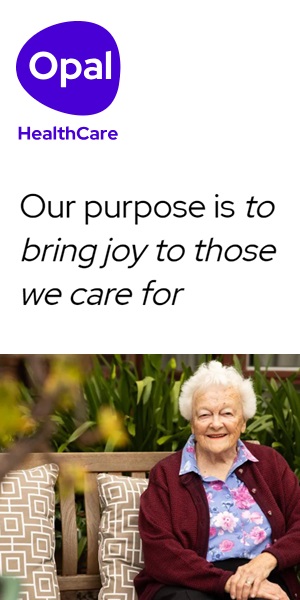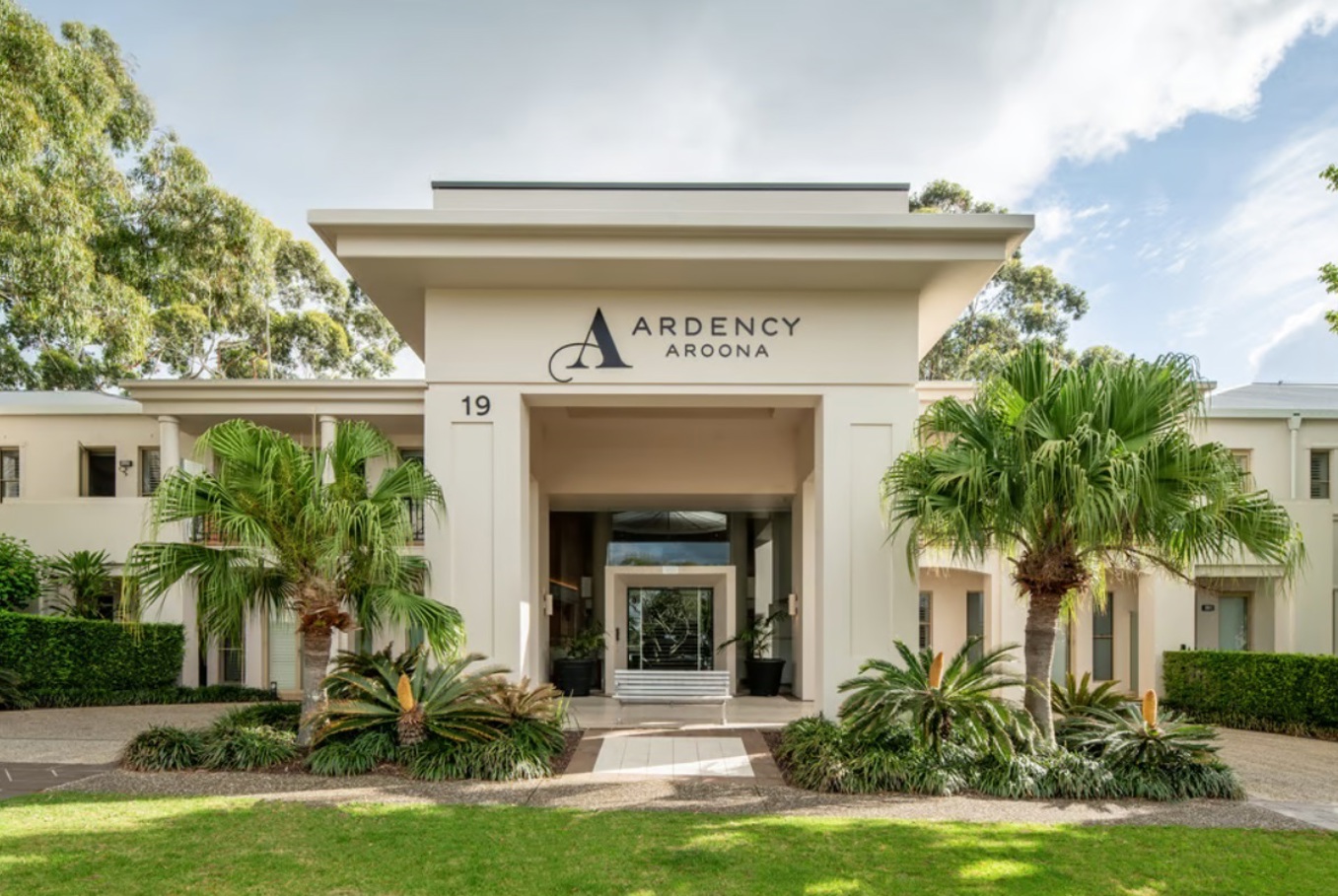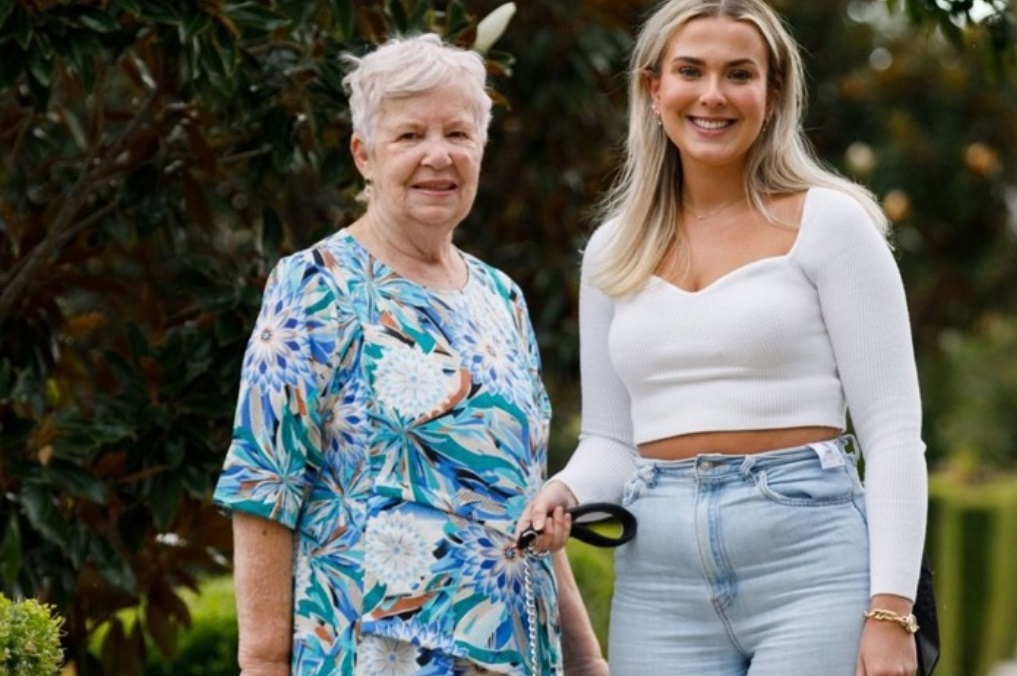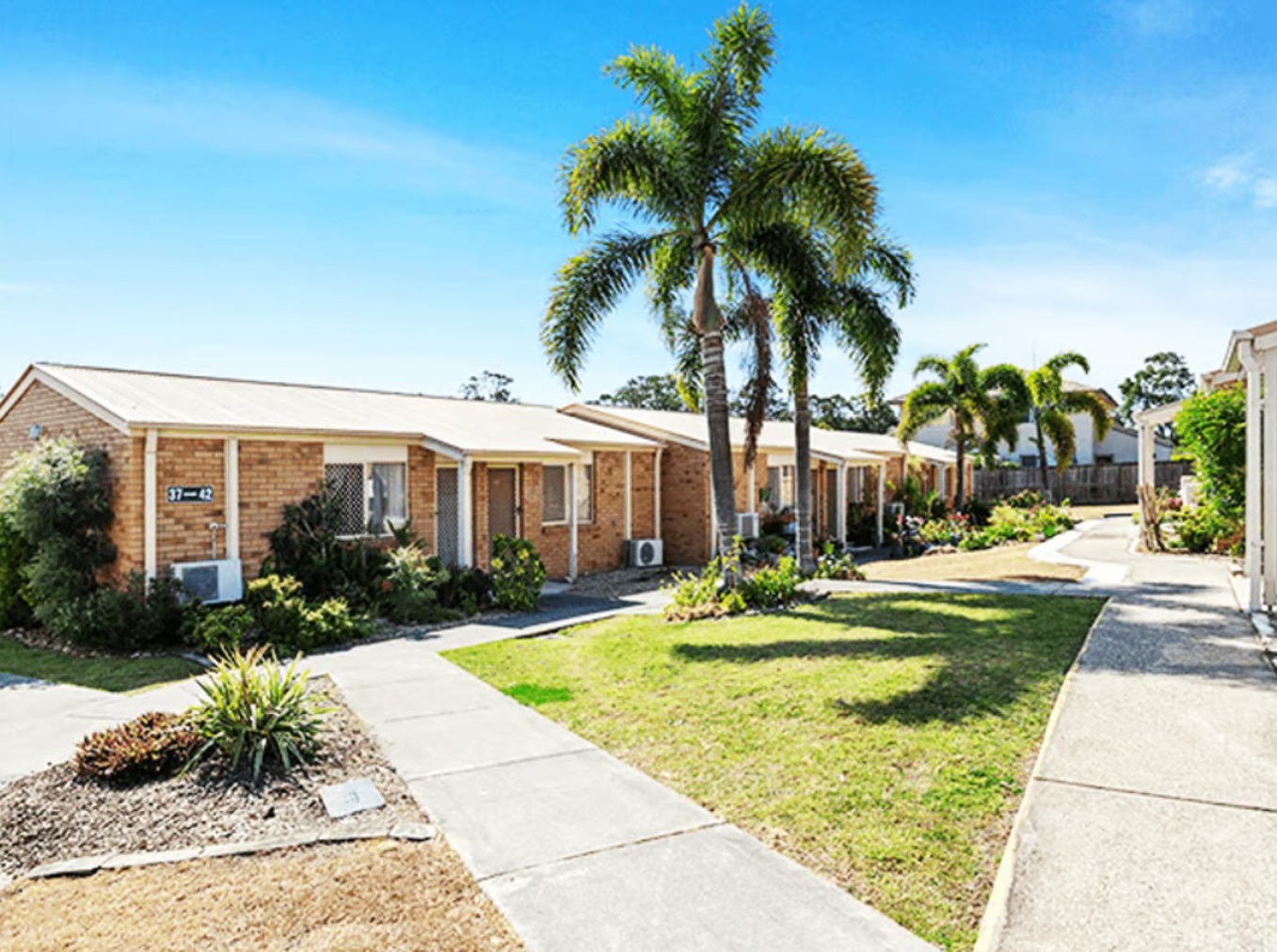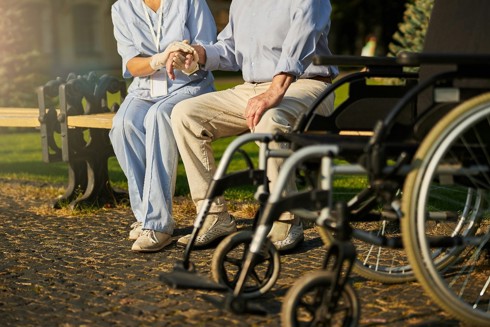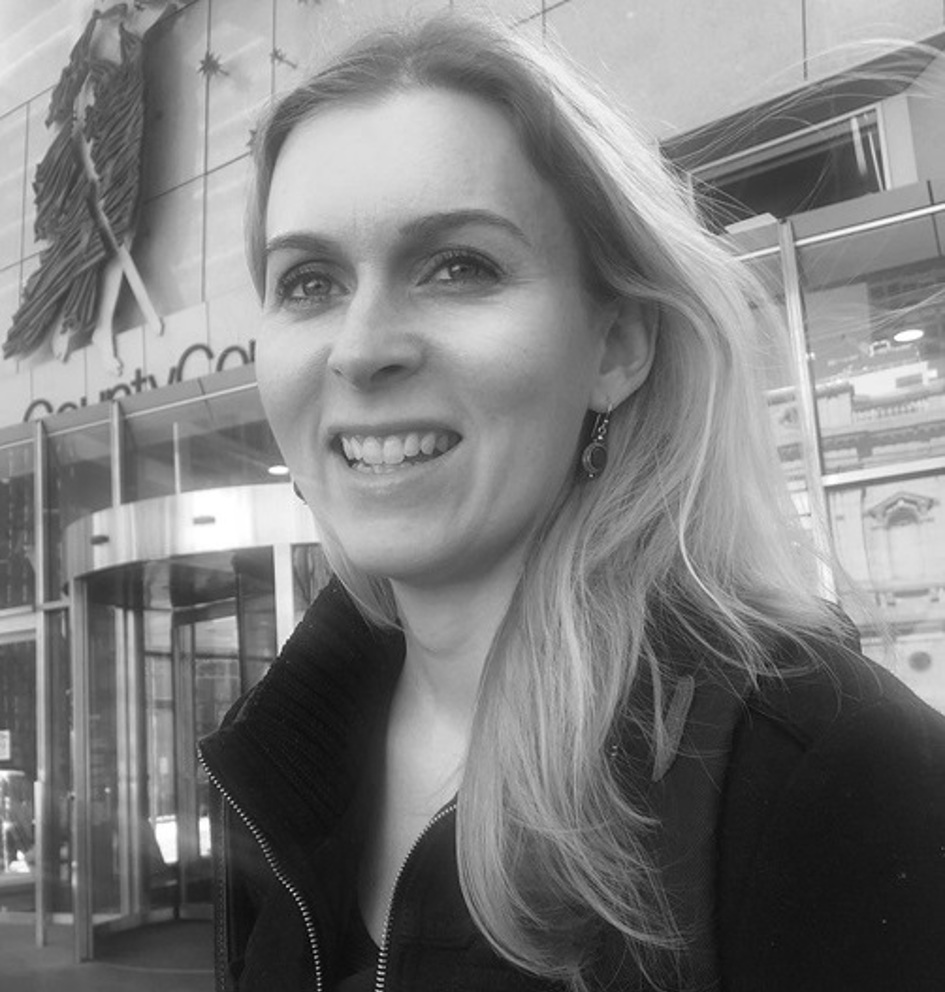If you are the client – and you are looking for aged care for yourself - that’s easy, just continue reading ‘How to get a client record’ below.
If you are not the client
If you are not the client – for example, a spouse or friend calling on behalf of the client - you will need to show that you have the person’s permission to act on their behalf. See 2.2 Legal permission to act on someone’s behalf
If the person who is the client is there with you, they can give their verbal permission to get the process started.
If the client has dementia or other another health issue that limits their ability to understand the process or give permission, you will need to have legal permission to act on their behalf 2.3 Legal permission to act on someone’s behalf.
How can I get a client record?
You can do this in three main ways:
1. Online on the My Aged Care website.
2. Call the My Aged Care Contact Centre yourself
You can phone the My Aged Care contact centre directly on 1800 200 422. It is staffed by real people, who will answer the phone, ask you some questions and take you through the process of creating a client record.
The My Aged Care contact centre is open from 8am - 8pm Monday to Friday and from 10am - 2pm Saturday, everywhere in Australia. you can also apply online on the My Aged Care website or see an Aged Care Specialist officer at a Services Australia office.
3. Ask someone from an aged care home (nursing home) to help you
If you have already started talking to an aged care home (nursing home) that you are interested in, a staff member from that home may also help you set this up.
What to expect
Remember, in the aged care system, the person who needs the care is referred to as ‘the client’.
An explanation of the process
The My Aged Care Contact Centre staff member will explain the process they will undertake with you and ask for your permission to create a client record. If you are supporting someone to create a Client Record, you may wish to register as a Registered Supporter. To create a Client Record, personal information about the client must be provided including:
- full name
- address and contact details
Plus:
- medicare number
A series of questions
The My Aged Care Contact Centre staff member will ask some questions and conduct a simple screening process over the phone to get a basic understanding of your situation and needs. It’s a bit like seeing the ‘triage nurse’ in the Accidents and Emergency section of a hospital. You can also do the screening online on the My Aged Care website.
The questions will include:
- any current or future health concerns
- how well you are managing at home with your daily life
- any safety concerns you have such as fainting or falling or security at home or concerns about abuse
Plus:
- any forms of support or help you currently have in place
The process of creating your client record could take up to 30 minutes or so.
A referral for an assessment of your needs
There are different types of services available and you will need to have an assessment by a specially trained person to work out which types of services will best meet your needs. You need to have this assessment before you can access any aged care services. A Aged Care Contact Centre staff member will refer you for the assessment.
The assessment
For the assessment, an assessor will visit you in your home. The purpose of the assessment is to identify what kind of services you need.
The result
- Your client record will be created during this first contact with the My Aged Care Contact Centre. From here onwards, your client record will become the central file for all your details and interactions with the aged care system.
- You will be given your client number.
Plus:
- You will be advised of the next steps – usually this will be your referral to have the assessment see Tab 3: Getting assessed

